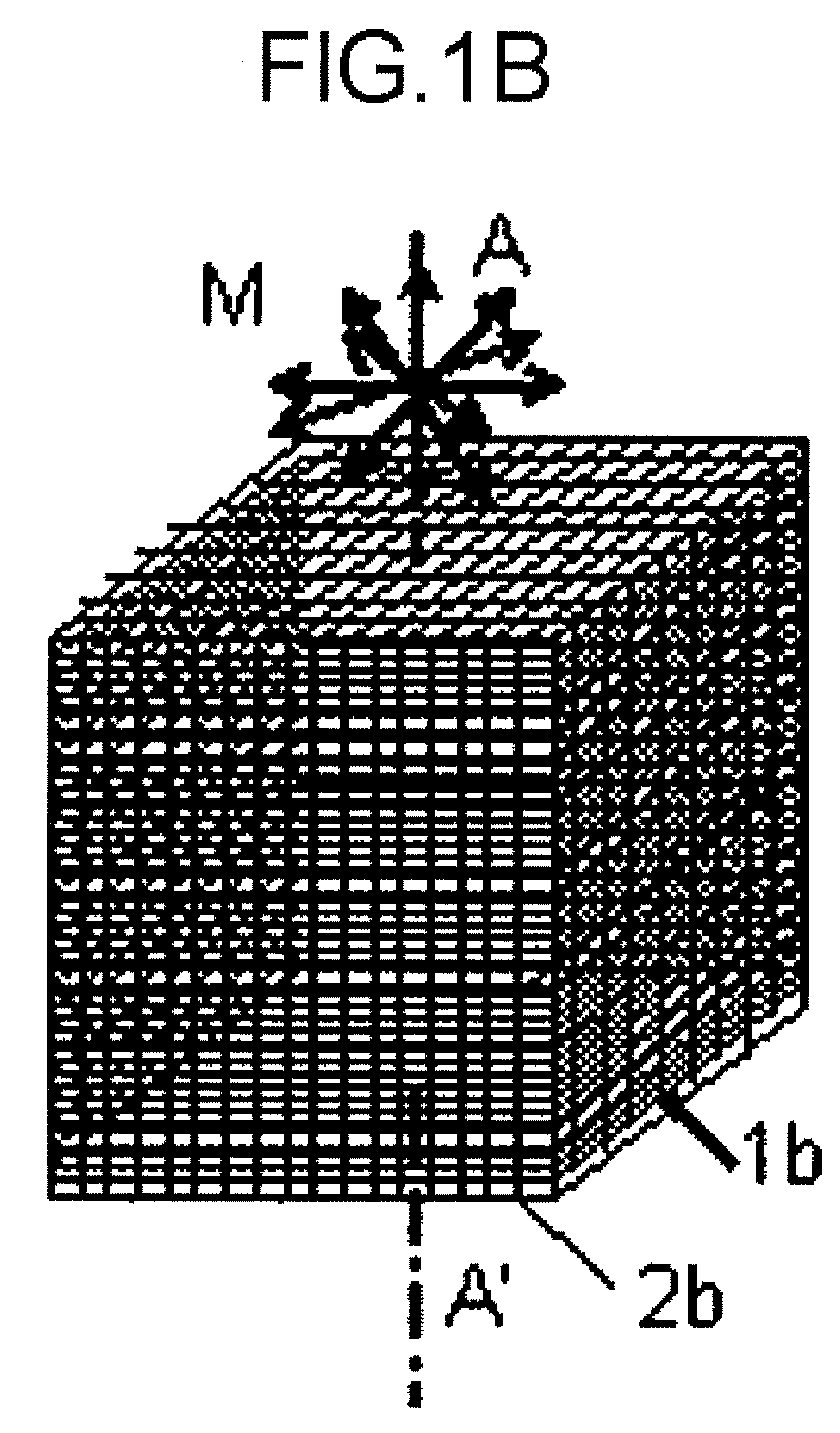Micro rotor and rotary electric machine incorporating same
a rotary electric machine and micro-rotor technology, applied in the direction of dynamo-electric machines, magnetic circuits characterised by magnetic materials, electrical apparatus, etc., can solve the problems of low electric specific resistance of the magnet, failure to enable suppression of eddy current loss, and increase of magnetoresistance of radial gap type rotary electric machines including slotless iron cores, etc., to enhance the performance of various rotary electric machines, high output and low power consumption
- Summary
- Abstract
- Description
- Claims
- Application Information
AI Technical Summary
Benefits of technology
Problems solved by technology
Method used
Image
Examples
Embodiment Construction
s as well as Comparative Examples.
DETAILED DESCRIPTION OF THE INVENTION
[0042]The present invention will be described with reference to the accompanying drawings. A detailed description will be made of an isolated lamination thick film magnet according to the present invention which is used as a micro rotor, has two or more pole pairs and includes a an in-plane direction mean magnetic path with a permeance (B / μoH) of five or more achieved by a magnet alone by itself, and which is structured such that a plurality of thick film magnets having a circular or annular plate shape are stacked on one another in the rotation axis rotation direction in a multilayer manner. Each of the thick film magnets includes an isotropic magnet with a thickness t1 having a remanence Mr of 0.95 T or more and a coercivity HcJ of 400 kA / m or more and a non-magnetic material with a thickness t2, provided for isolation between each adjacent two of the isotropic magnets, wherein the ratio of t1 / t2 is set at eigh...
PUM
 Login to View More
Login to View More Abstract
Description
Claims
Application Information
 Login to View More
Login to View More - R&D
- Intellectual Property
- Life Sciences
- Materials
- Tech Scout
- Unparalleled Data Quality
- Higher Quality Content
- 60% Fewer Hallucinations
Browse by: Latest US Patents, China's latest patents, Technical Efficacy Thesaurus, Application Domain, Technology Topic, Popular Technical Reports.
© 2025 PatSnap. All rights reserved.Legal|Privacy policy|Modern Slavery Act Transparency Statement|Sitemap|About US| Contact US: help@patsnap.com



